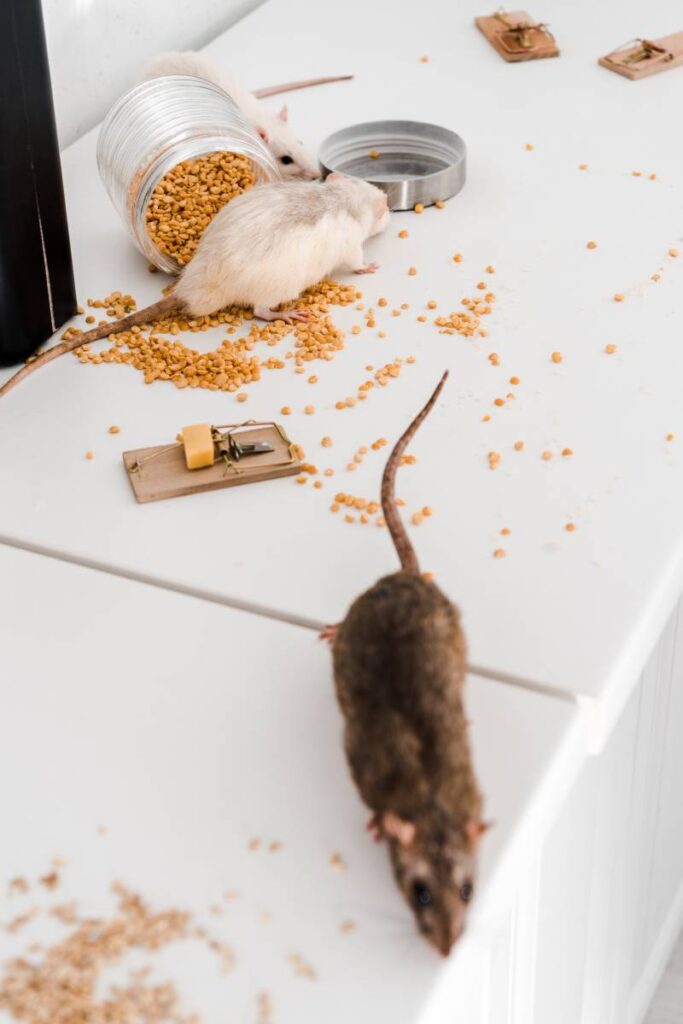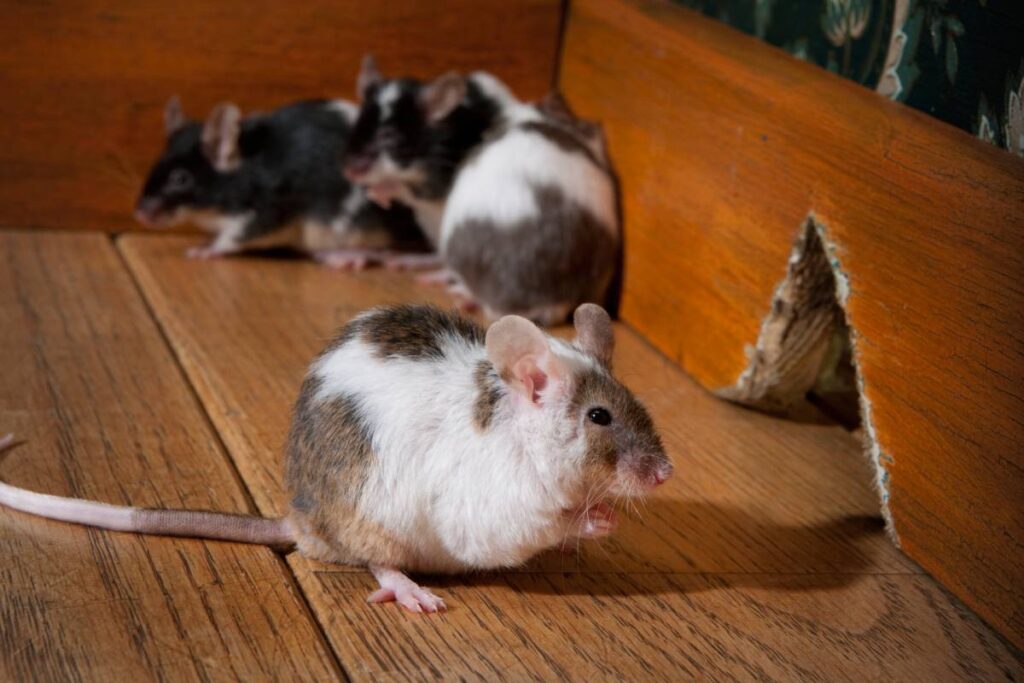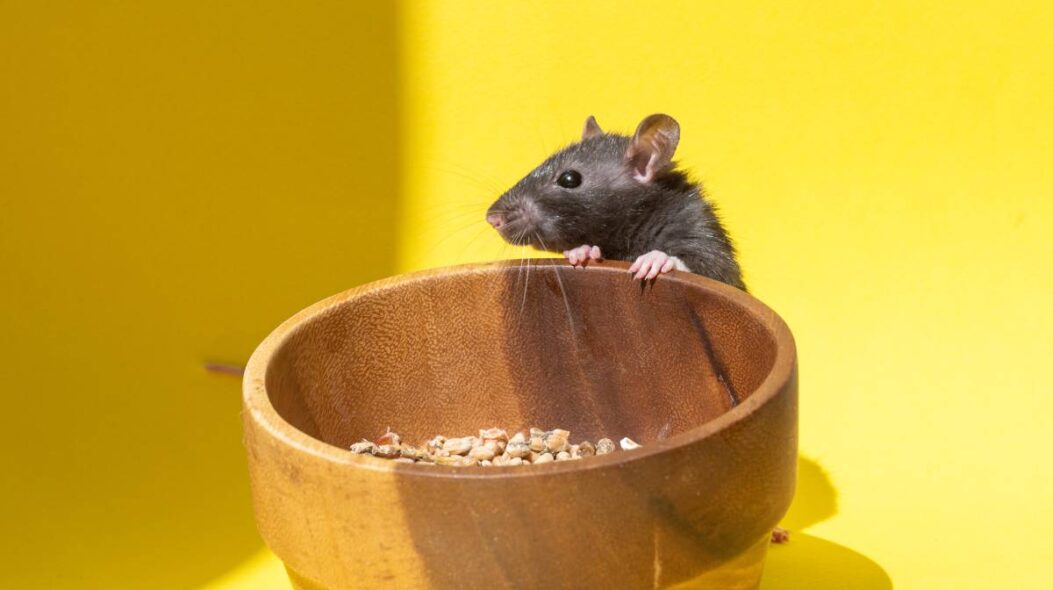Rodents such as rats and mice are unwelcome visitors in any home or business. Not only do they cause property damage, but they can also pose serious health risks by spreading diseases through their droppings, urine, and bites. If you’ve ever faced a rodent infestation, you’ve probably wondered how professionals tackle the issue effectively and whether those pesky creatures might return.
Let’s delve into how experts handle rodent problems and the steps you can take to prevent a recurrence.
Understanding the Problem: Why Do Rodents Invade?
Rats and mice are highly adaptable creatures that thrive in environments with easy access to food, food waste in our bin, water, and shelter. Common entry points for rodents include:
- Cracks in walls or foundations
- Openings around pipes and vents
- Poorly sealed doors and windows
- Gaps in roofs or attics
Once inside, rodents breed rapidly, making it crucial to address the problem promptly and thoroughly.
How Professionals Get Rid of Rodents
Rodent control specialists use a systematic approach to eradicate infestations. Here’s an overview of the steps they take:
1. Inspection and Assessment

The first step is a detailed inspection of the property to determine:
- The type of rodents present
- The severity of the infestation
- Points of entry and nesting areas
Professionals look for signs like gnaw marks, droppings, greasy trails, and burrows to pinpoint the problem areas.
2. Creating a Customized Plan
After the assessment, experts design a tailored plan to address the infestation. The strategy depends on factors such as the type of rodent, the size of the infestation, and the property layout. Key components include:
- Identifying and sealing entry points
- Choosing appropriate trapping or baiting methods
- Implementing preventative measures
3. Setting Up Traps and Baits
Professionals use a combination of traps and baits to eliminate rodents:
- Snap Traps: Effective for quick and humane rodent removal.
- Glue Boards: Used in smaller, controlled areas.
- Bait Stations: Contain poison bait that targets rodents while minimizing risks to pets and children.
Experts place these tools strategically near rodent hotspots like food storage areas, walls, and attics.
4. Exclusion Techniques
One of the most critical steps in professional rodent control is exclusion. This involves sealing all entry points to prevent new rodents from entering the property. Materials like steel wool, metal mesh, and weather stripping are commonly used to block access.
5. Sanitation and Cleanup
Sanitation is vital to discourage future infestations. Professionals clean up rodent droppings, nests, and urine to eliminate lingering odours that might attract other rodents. They may also recommend measures like:
- Proper food storage in airtight containers
- Regular garbage disposal
- Eliminating clutter and debris
6. Follow-Up Visits
Depending on the severity of the infestation, professionals may schedule follow-up visits to monitor progress, reset traps, and address any remaining issues.
Do Rats Come Back After Extermination?
The possibility of rats returning after extermination depends on several factors:
1. Complete Elimination of the Infestation
If even a small number of rodents survive the extermination process, they can repopulate quickly. A single female rat can produce up to 12 litters per year, with each litter containing up to 14 pups. Professionals aim to ensure complete eradication to prevent this scenario.
2. Sealing Entry Points
Rodents are persistent and can squeeze through gaps as small as a pencil. If entry points are not adequately sealed, new rodents can easily find their way back inside. Proper exclusion techniques are essential to long-term success.
3. Ongoing Maintenance
Neglecting sanitation and preventative measures increases the likelihood of reinfestation. Rodents are opportunistic feeders, so consistent cleanliness and food storage practices are crucial.
4. Environmental Factors
Properties located near open fields, water sources, or poorly maintained structures are more susceptible to recurring infestations. In such cases, regular monitoring and professional intervention may be necessary.

Tips to Prevent Rodents from Coming Back
To keep your property rodent-free after extermination, consider implementing the following preventive measures:
1. Seal Entry Points
Inspect your property regularly for potential entry points and seal them using durable materials like caulk, metal mesh, or steel wool. Pay special attention to areas around pipes, vents, and doors.
2. Maintain Cleanliness
- Store food in airtight containers.
- Clean up spills and crumbs promptly.
- Dispose of garbage regularly and use rodent-proof bins.
3. Eliminate Clutter
Rodents love hiding in cluttered spaces. Declutter storage areas, basements, and attics to reduce potential nesting sites.
4. Trim Vegetation
Keep bushes, trees, and grass trimmed to prevent rodents from using them as pathways to your home. Maintain a gap between vegetation and your property.
5. Use Natural Deterrents
Consider natural repellents like peppermint oil, ammonia, or ultrasonic devices to deter rodents. While these methods may not replace professional extermination, they can complement preventive efforts.
6. Work with Professionals
Schedule regular inspections and maintenance with pest control experts, especially if your property is in a high-risk area. Professionals can identify vulnerabilities and address them proactively.
The Importance of Acting Quickly
Rodent infestations can escalate rapidly if left unchecked. Rats and mice are not only destructive but also pose serious health risks, such as:
- Hantavirus: Spread through rodent droppings and urine.
- Salmonella: Transmitted via contaminated food.
- Leptospirosis: Contracted through exposure to infected rodent urine.
Addressing the problem promptly with the help of professionals can save you time, money, and stress in the long run.
Conclusion
Professional rodent extermination involves a comprehensive approach that includes inspection, elimination, exclusion, and prevention. While there is a possibility of rodents returning after extermination, taking proactive measures—such as sealing entry points, maintaining cleanliness, and working with experts—can significantly reduce the risk of reinfestation.
If you suspect a rat problem or want to safeguard your property against future infestations, contact a trusted pest control professional for tailored advice and services. With the right approach, you can enjoy a rodent-free home or business for years to come.
